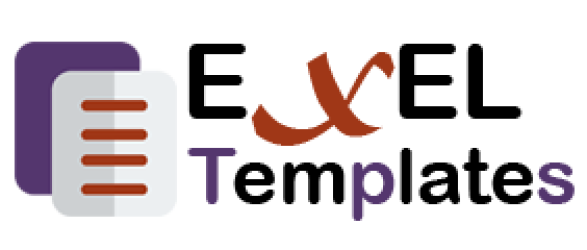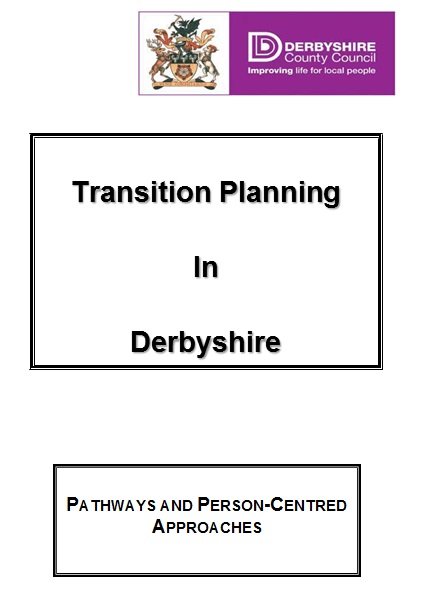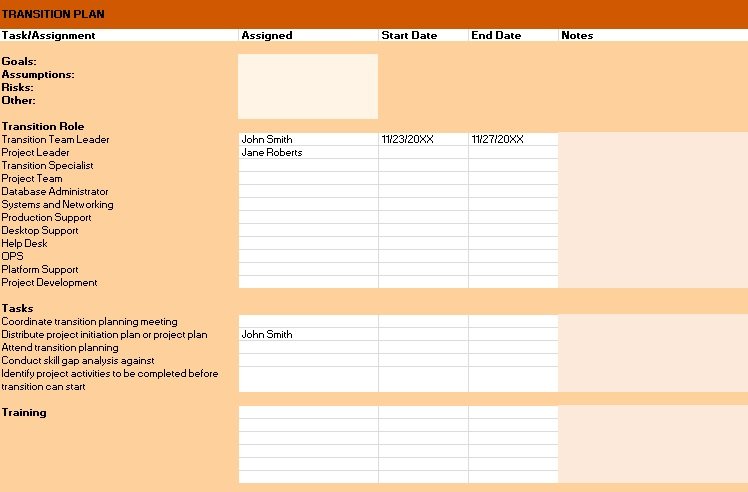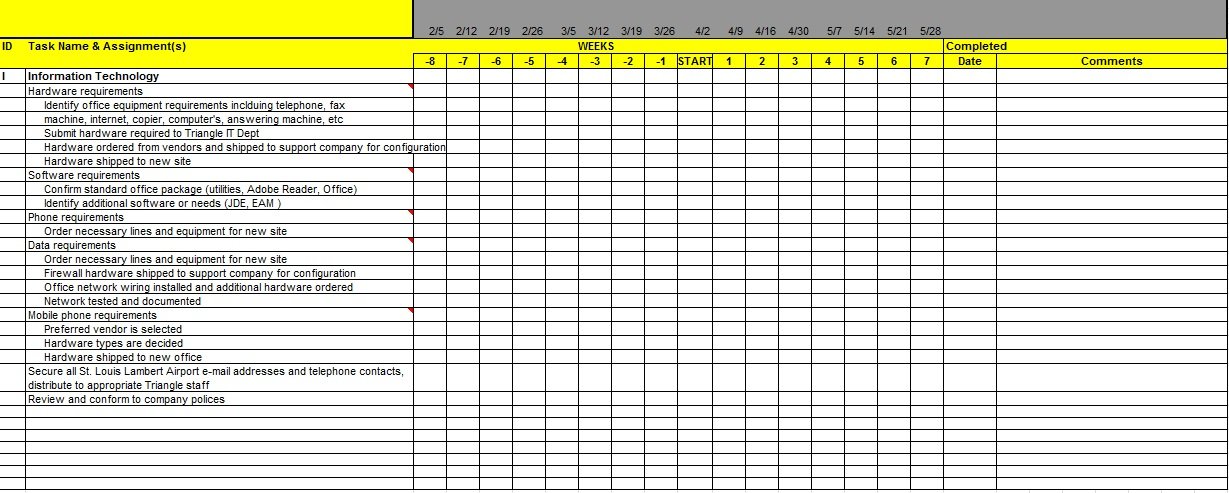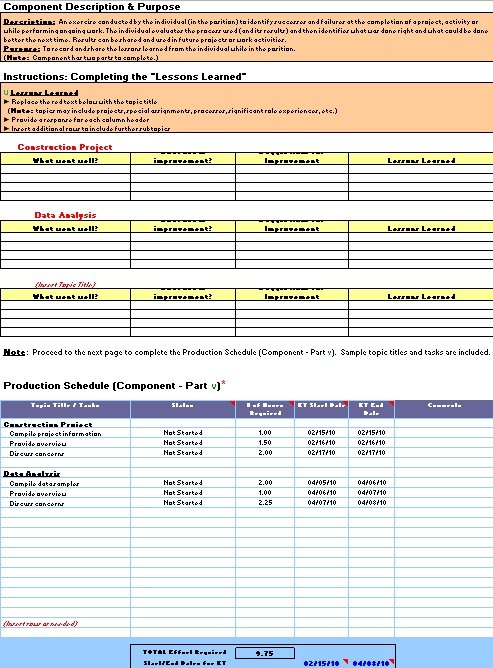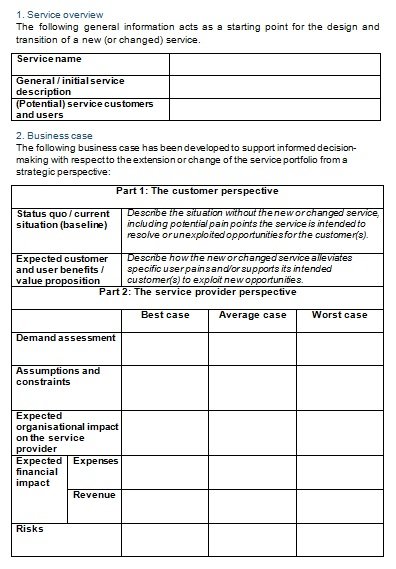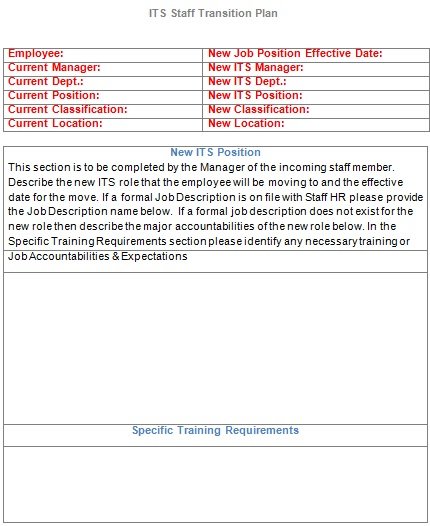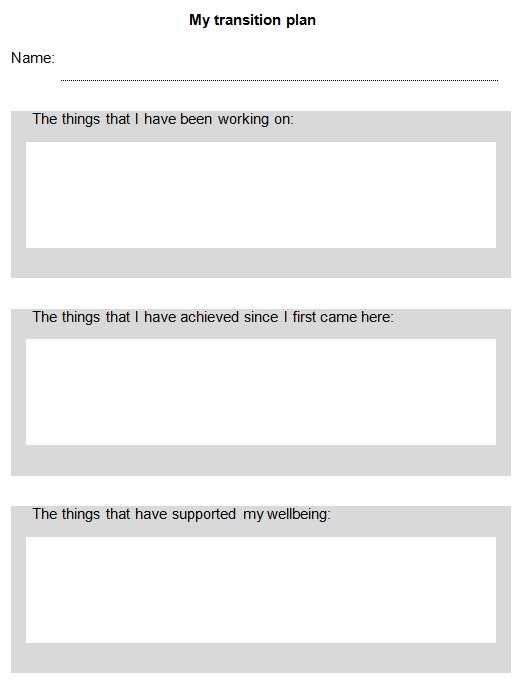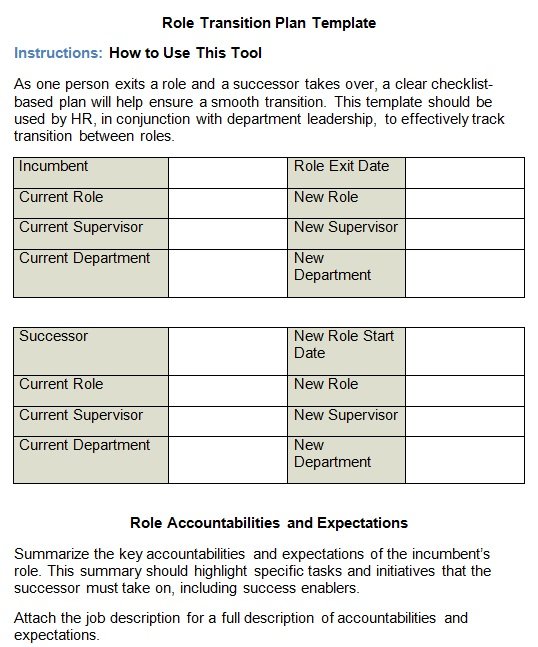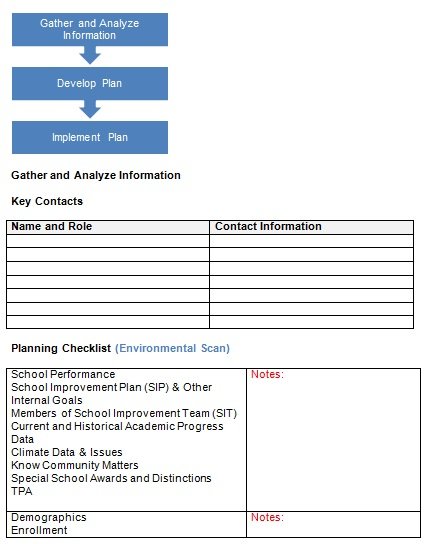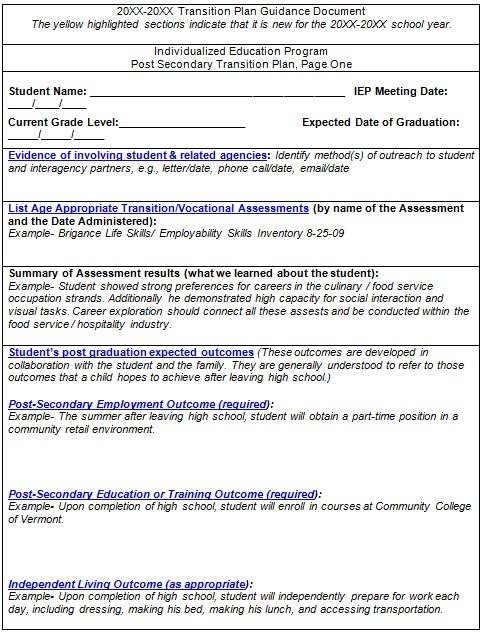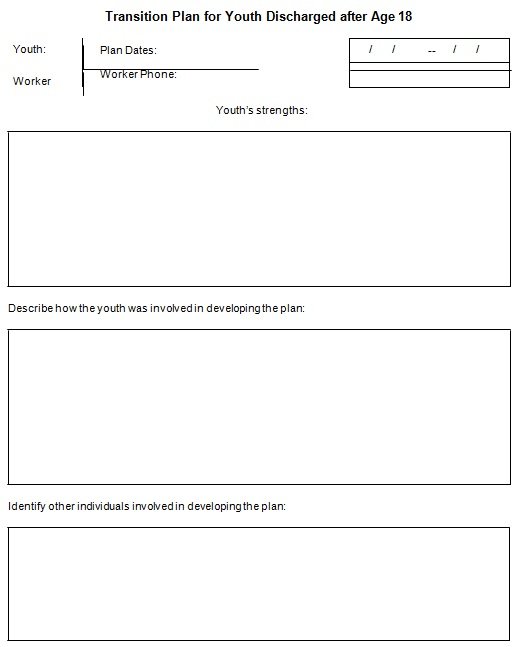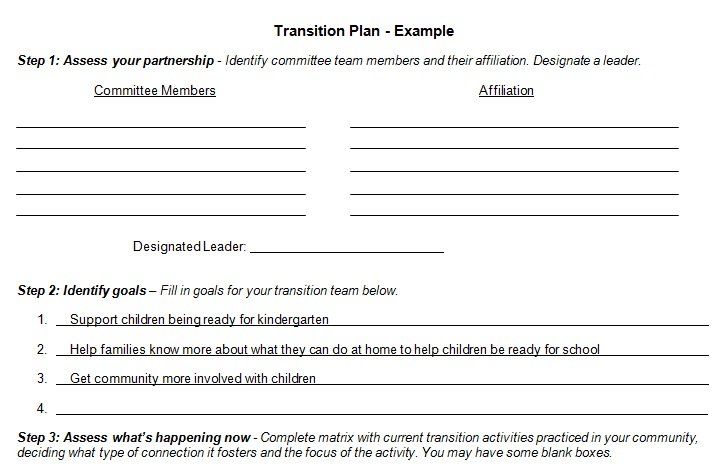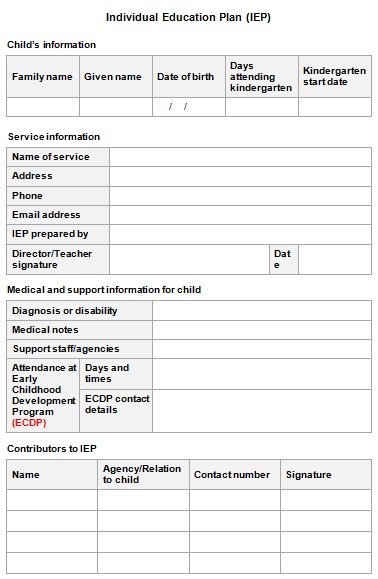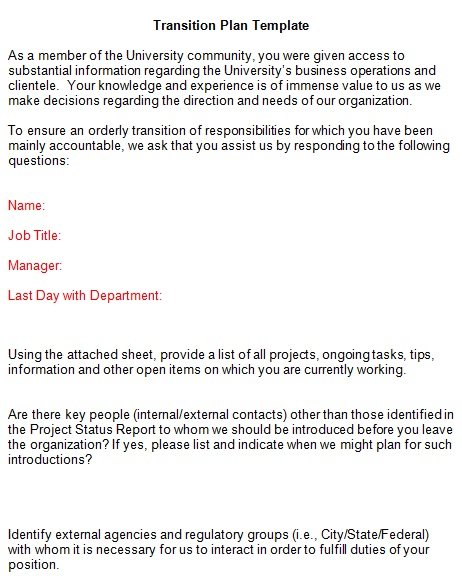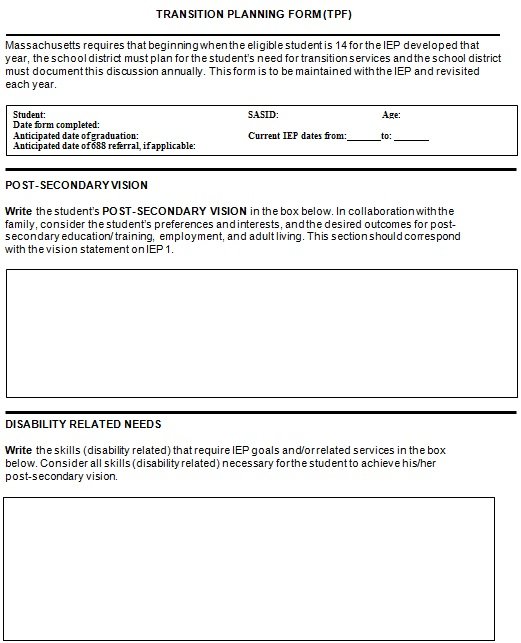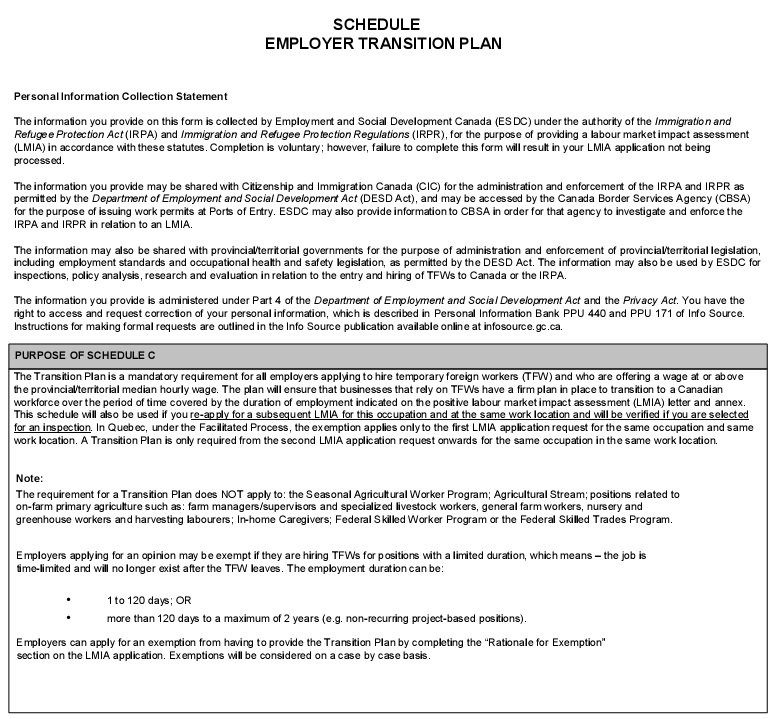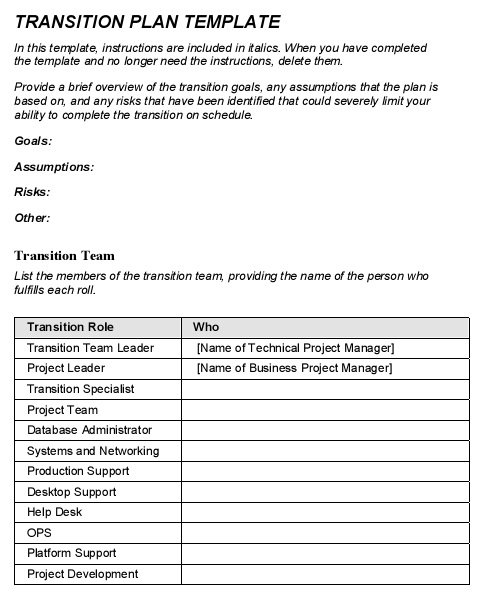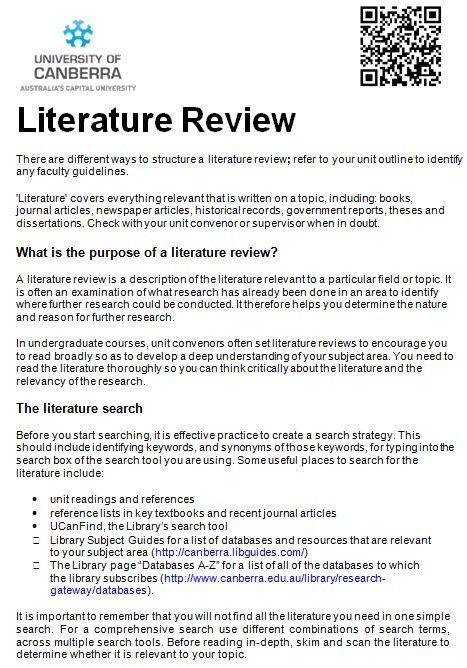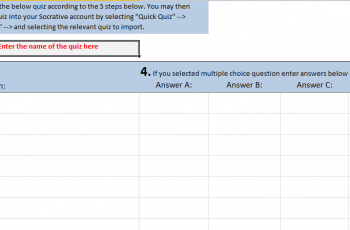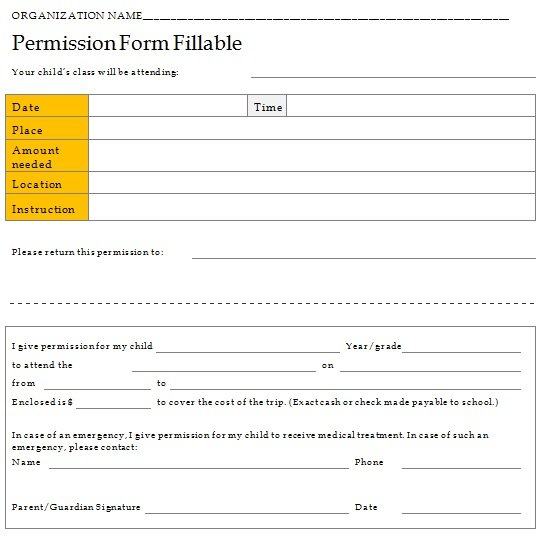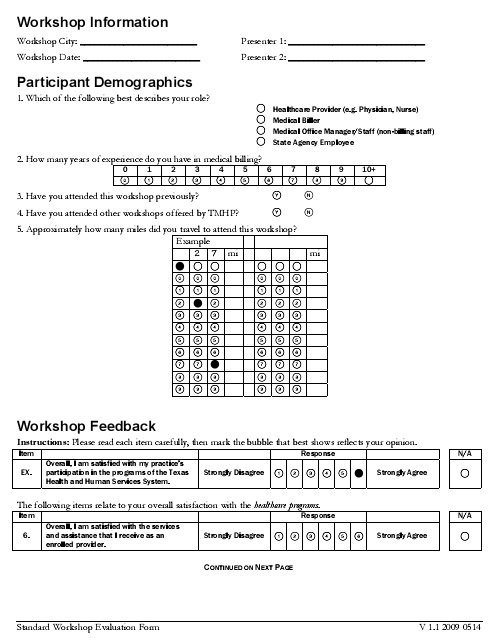Table of Contents
A transition plan template is a detailed proposal that provides instructions on how you intend to tackle an upcoming transition. It contains appropriate guidelines and clear steps that should be taken to affect the transition.
What to include in a transition plan?
Intended date of transition
Intended date of transition refers the date when you intend to start the transition process. However, it also includes the date when the transition is to come to completion. It provides you a rough picture of the duration of time.
How the transition will be affected
From undertaking to undertaking, the transitions vary. For example, a job transition differs markedly from a project transition. The information of this portion provides finer details of a certain kind of transition. It contains the steps you plan to take in pursuance of that transition.
Who takes over
After transitioning, a void is surely left behind. On the basis of the exact type of transition you are looking at, it may be a job vacancy, tenant vacancy, or skill gap. This information provides you suggestions on how the void will likely be filled.
Costs Implications
Definitely, any undertaking comes up with some cost implications. To this rule, the transition is not an exception. In handling the transition, the cost implication will indicate the amount of money that is most likely to be spent.
Transition plan in a project:
For project matters, throughout the lifetime of a project, a transition plan outlines activities and specific tasks to be undertaken. This begins from the conception to the implementation. Then, finally the maintenance phase. In each phase, it goes deeper to distribute costs and activities along with the timelines.
Transition plan in business:
A business transition plan is a framework against which companies handle the following;
- Resignations
- Retirements
- Mergers
- Leadership Roles
- Other Structural Changes
When the actual issues arise then it is generalized and mostly employed.
The components of a transition plan:
Transition plans come in several shapes and forms. They all exhibit some core characteristics. Let us discuss those characteristics below;
Transition team:
This is the body of the individuals that are charged with the obligation of overseeing the transition. From one transition to another, the size and composition of the team vary greatly. Similarly, with the scope of the transition, the responsibilities of the members also vary.
Tools-of-trade
The plan also spells out the tools-of-charge that is to be needed to manage the transition. This is the methodology that is employed to actualize the transition. With the kind of transition in question, this tools-of-trade also vary significantly.
Contingency Plan
All transitions might not go on as planned. Things may go smooth in some situations. The main purpose of this plan is to anticipate these issues and create provisions for them appropriately. Also, the part of this plan is the risk mitigation. This lays bare the steps taken to protect the risks from occurring in the first place.
Impact Assessment
Every transition will affect an organization somehow. The impact assessment expects these likely adverse affects. For any such issues, this assessment prepares the organization psychologically in readiness.
Conclusion:
In conclusion, a transition plan template is a document that provides guidelines on how to handle the upcoming transition. The transition plans has various forms and shapes that exhibit some core characteristics.
